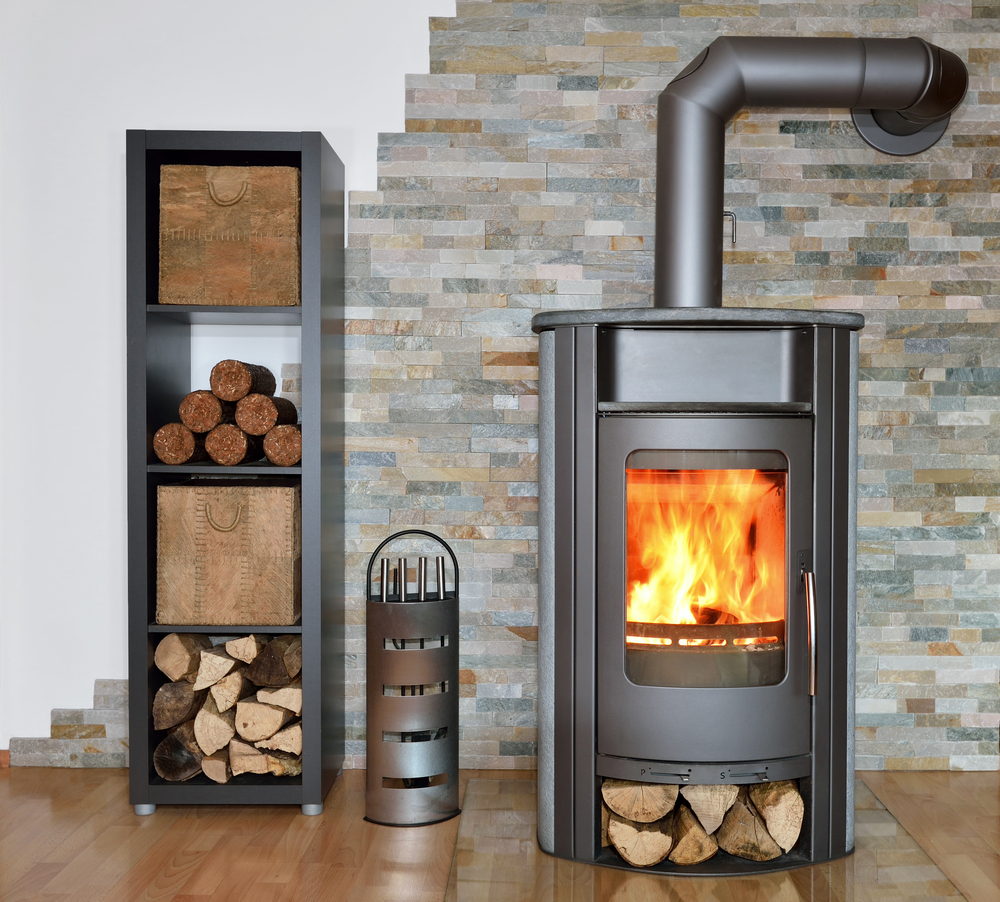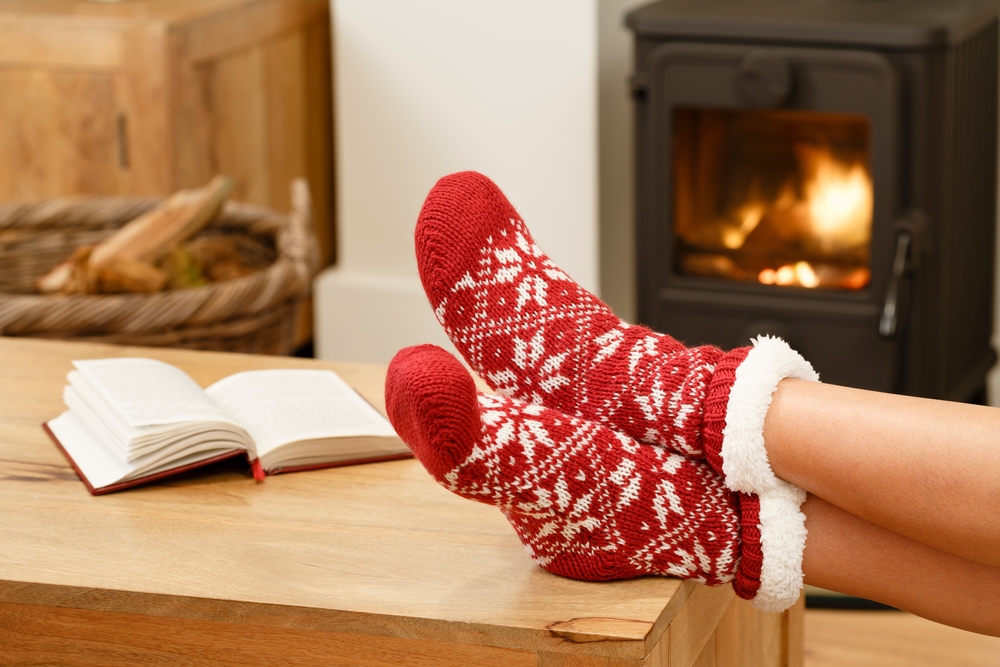Put aside your list of New Year resolutions and instead think about choosing a cast iron stove to transform your 2024. Cast iron stoves can be an incredible feature, as well as a practical addition to any home. And we are sure it will make you happier than that gym membership! But what are the benefits of a cast iron stove this New Year? And should you choose a multi-fuel stove or a wood burning stove?
What are the benefits of a cast iron stove this New Year?
Cast irons stoves are the perfect way to get that cosy feeling this winter. And with temperatures set to plummet through January and February, its a great time to think about installing one in your home. But what kind of benefits can you expect? Well, cast iron stoves are:
- strong, reliable, resilient and durable- a cast iron stove from a reputable supplier is built to last. This means that it wont warp or bend with the heat of the fire, and you wont have to worry about repairs or replacements.
- stunning design- cast iron stoves can be created to be traditional and welcoming, or contemporary and stunning so, you can choose whatever style will fit your home.
Should you choose a multi-fuel or wood burning stove?
So when it comes to cast iron stoves, should you choose a multi-fuel, or a wood burner? Well, there are advantages and disadvantages to each, but the main difference is that a wood burner is designed specifically to burn wood, so other fuel forms would not be an option to heat your home. On the other hand, the multi-fuel stove is built to burn a range of materials so you will have the full range of fuel options.
For more information, or for your multi-fuel stove installation, get in touch today, here at JMS Wood Burning and Multi Fuel Stoves. We are leading stove experts.


